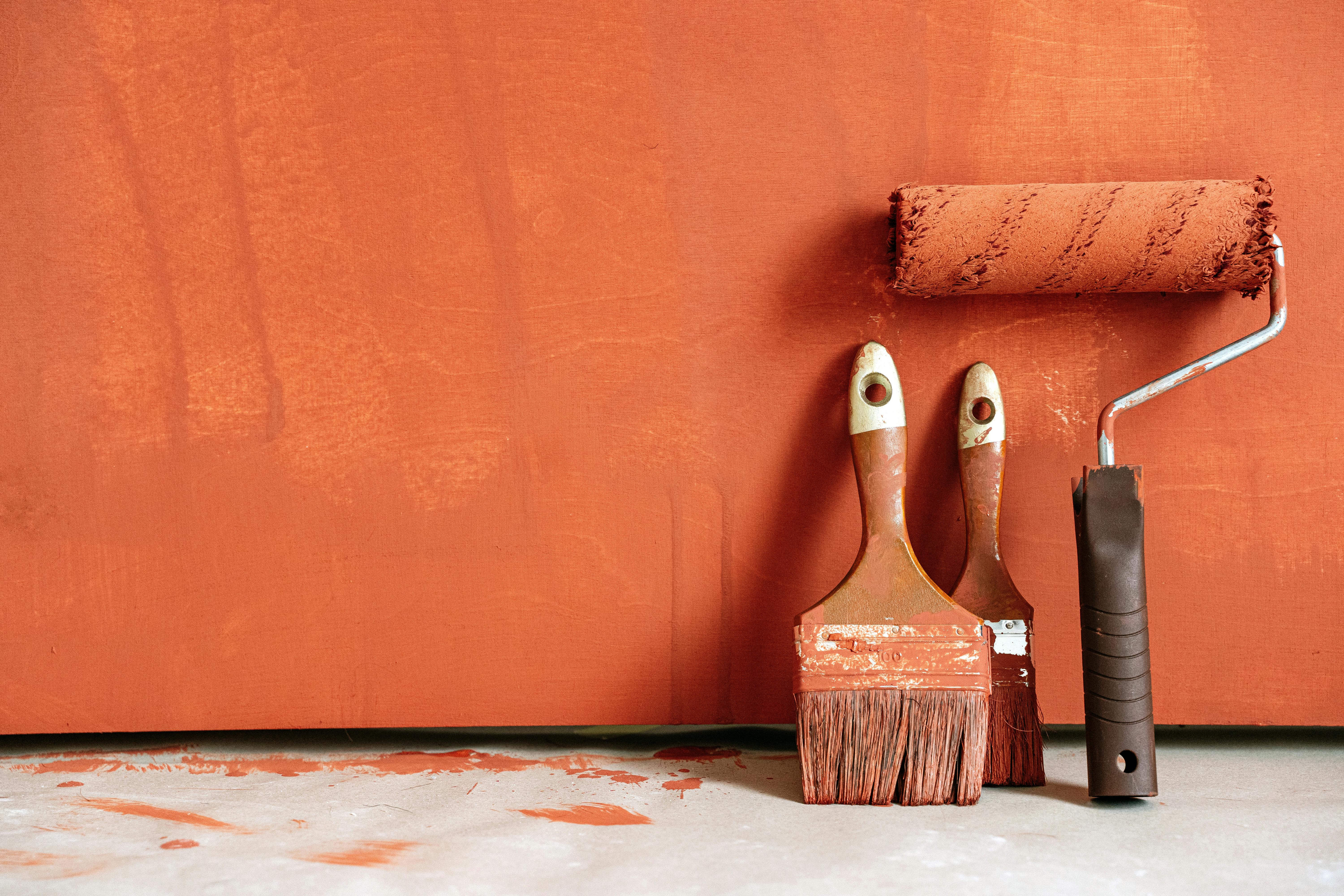Interior Painting: Practical Guide for Home Projects
A thoughtful interior paint job can refresh a living space, protect surfaces, and reflect changing personal style. Whether you’re updating a single room or planning a full-home refresh, understanding the basics of materials, preparation, and expected outcomes helps you make informed decisions. This guide explains how painting interacts with interior design, what to expect from a painter or a painting career, and practical steps to prepare your home for a smooth, durable finish.

What does professional painting involve?
Professional painting goes beyond applying color to walls. It includes surface assessment, cleaning, repairing cracks and holes, priming, choosing appropriate paint types (e.g., latex, low-VOC, satin), and applying finishes with the right tools. Good painters measure and mask trim, protect floors and furniture, and follow drying and recoat times to avoid poor adhesion or visible brush marks. The process may also include light carpentry or drywall touch-ups. Attention to ventilation and product ventilation standards is part of professional practice, as it affects drying times and indoor air quality.
How does interior color affect a room?
Interior color choices influence perceived size, light, mood, and function. Lighter shades tend to make spaces feel larger and brighter, while darker tones add depth and intimacy. Undertones matter: a beige with warm undertones differs from a cool gray even if they read similarly in a swatch. Consider how natural and artificial light change paint appearance throughout the day. Sheen levels—flat, eggshell, satin, semi-gloss—also affect durability and maintenance; higher sheen is easier to clean and often used in kitchens, bathrooms, and trim.
What should you expect from a painter?
When hiring a painter or evaluating a contractor, expect clear estimates, a scope of work, and specified materials. A reliable painter will discuss surface prep, primer needs, number of coats, product brands/classes, and timeline. Look for standardized practices such as tarp protection, caulking, sanding, and thorough cleanup. Communication about unexpected issues—mold, rot, or structural repairs—is important because these can change scope and cost. If the painter offers warranty terms, ask what it covers and how touch-ups are handled.
How to plan a painting career or freelance work?
A painting career can be technical and entrepreneurial. Entry often involves apprenticeship with experienced painters, learning surface prep, mixing, and application techniques. Certification and safety training (including ladder safety and hazardous materials handling) add credibility. As a freelancer, skills in estimating, client communication, invoicing, and marketing for local services are essential. Building a portfolio of completed jobs, maintaining consistent quality, and understanding local building codes will help establish steady work. Many painters expand into specialties like historic restoration, faux finishes, or commercial coatings.
How to prepare your home for interior painting?
Preparing your home saves time and improves results. Clear rooms of valuables and cover or remove smaller furniture; larger items can be moved to the center and covered. Remove switch plates and outlet covers, and label hardware if needed. Repair wall damage with appropriate fillers, sand smooth, and clean greasy or dusty surfaces so primer and paint adhere. Keep pets and children away from drying areas. Ventilation matters: open windows and use fans when using conventional paints to speed drying and reduce fumes. If hiring local services, confirm who is responsible for prep and cleanup in the contract.
Conclusion
Interior painting is both a practical improvement and a design decision that affects daily living and home maintenance. Understanding the stages—assessment, preparation, material selection, and application—helps homeowners work effectively with painters or take on projects themselves. For those considering a career as a painter, blending technical skill with business practices supports sustainable work. Thoughtful preparation, clear expectations, and attention to finish details contribute to a durable, attractive result that suits the function and style of each room.






